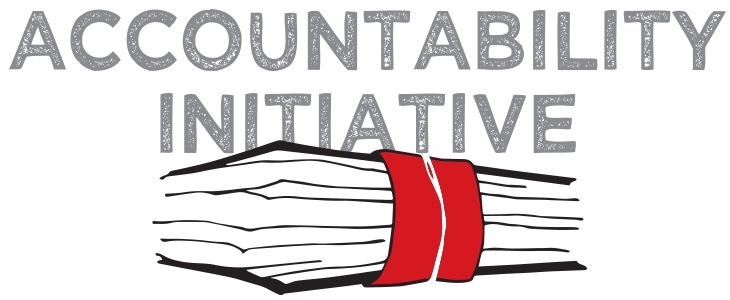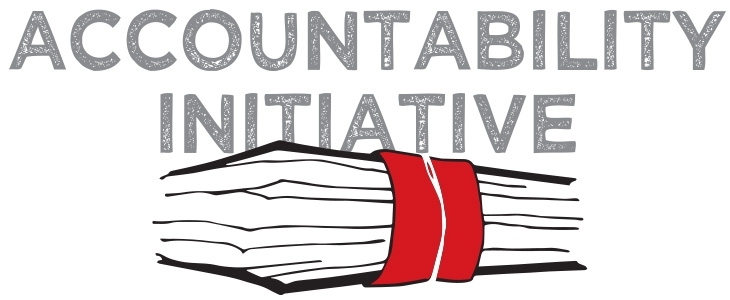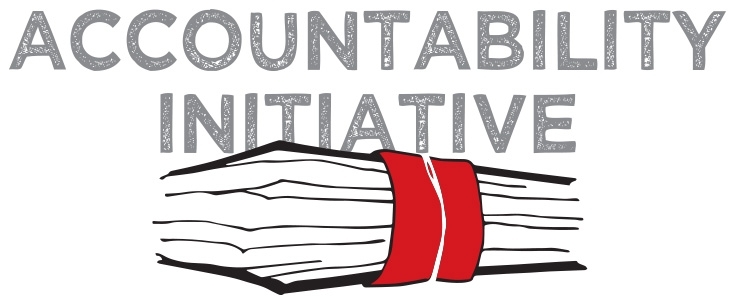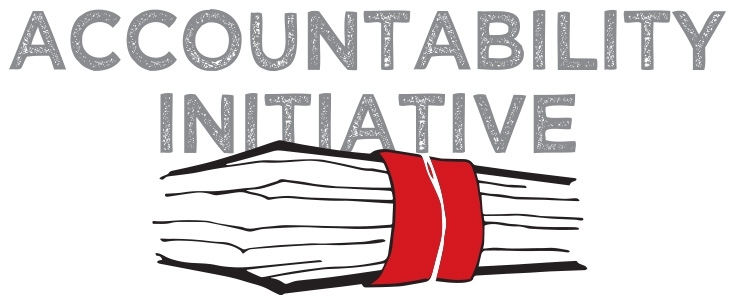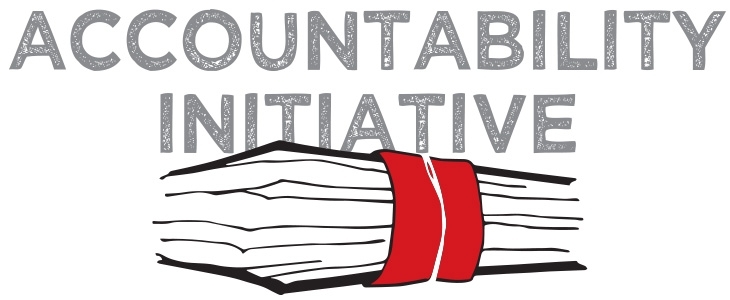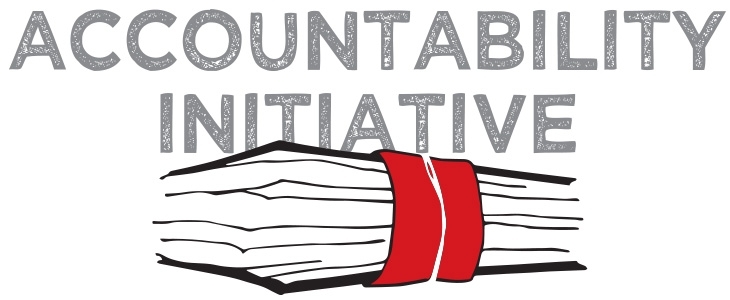Nirvikar Singh
In the context of governance, accountability means that members and agents of government, i.e., politicians, employees and contractors are ultimately answerable to the citizens who provide the funds for their functioning, through taxes, fees and loans. Therefore, persistently poor public expenditure quality and inefficient delivery of public services, beyond what can be attributed to unavoidable constraints placed by financial and human resource limitations, must be traceable to weak accountability mechanisms operating for individuals (politicians and government employees) and for organizations (ministries and various public sector enterprises). Weak accountability also is central to the problem of corruption, which contributes to poor quality of public services.
Accountability is implemented through the provision of appropriate incentives for performance. For most of government, incentives and accountability are quite indirect, operating through organizational hierarchies. Only politicians are directly answerable to citizens through elections, and these are based on aggregate and incomplete assessments by citizens of politicians’ performance. Day-to-day accountability of politicians works through mechanisms such as the answerability of the executive to the legislature, the oversight of the judiciary, and general checks and balances within government. A federal structure adds the electoral dimension of accountability to subnational governments, but this can complicate the task of citizens in trying to assess performance.
To elucidate, one can categorize two fundamental types of accountability in governance: (1) that of elected officials to citizens and (2) that of other government employees to elected officials. The first can also be termed accountability through “voice”, political accountability or external accountability. Voice typically works through the electoral process, but one can also view direct appeals to the judiciary as a form of voice. In India, the broad use of public interest legislation can be seen as citizens’ using the judiciary to improve accountability of politicians, where electoral accountability is weak. An additional mechanism that provides external accountability is what Hirschman termed “exit.” Citizens may exit in two ways, either by shifting jurisdictions, or by going to the private sector for fulfilling wants that the government fails to provide adequately or effectively. In either case, the key enabler of exit is competition, between jurisdictions or between public and private provision.
The second type of accountability is more complex, since there can be vertical and horizontal chains of accountability within government as a whole, and within specific parts of government. Thus, this type of accountability includes “hierarchy” as a mechanism as well as checks and balances within government. One can also term this as “internal” accountability, broadening the standard usage of that term, which focuses on internal hierarchies, to include checks and balances.
Checks and balances are ignored in analysis that treats government as a dichotomous entity of elected and non-elected officials and neglects the broader dimensions of within-government accountability. For an example, consider the functioning of the Indian national parliament as an institution of accountability for the executive – its role in practice is weak, though it is supposed to have this function.
In considering forms of accountability, public interest legislation can also be interpreted as a hybrid of external (government-citizen) and internal accountability. One can possibly also distinguish “social” accountability, referring to the accountability of front-line service delivery units of government to clients. It seems that this is really a derivative of joint political and internal accountability. Yet another aspect of accountability is a division along quasi-functional lines: political, fiscal and administrative. Again, it seems that fiscal accountability, while very significant, is a joint product of political (external) and administrative (internal) accountability.
Nirvikar Singh is Professor of Economics at University of California, Santa Cruz.





